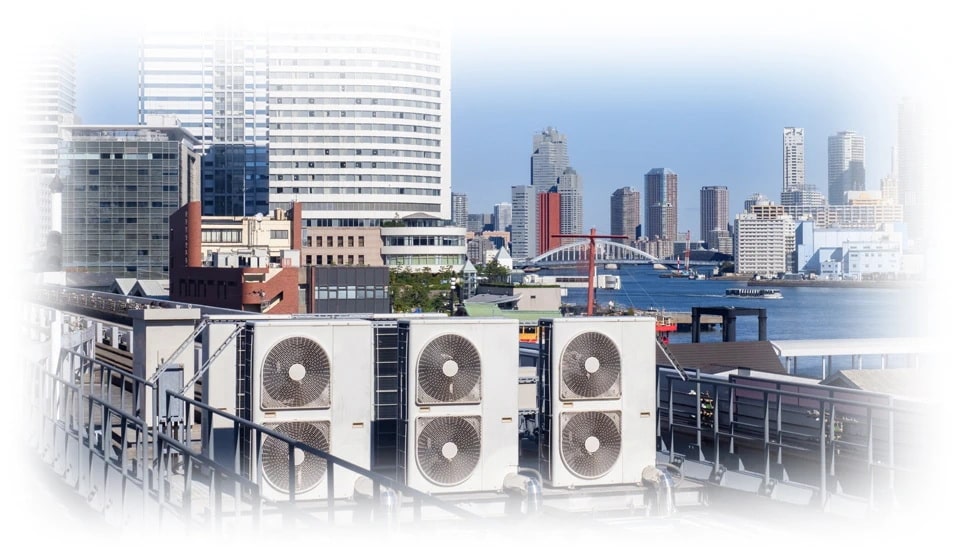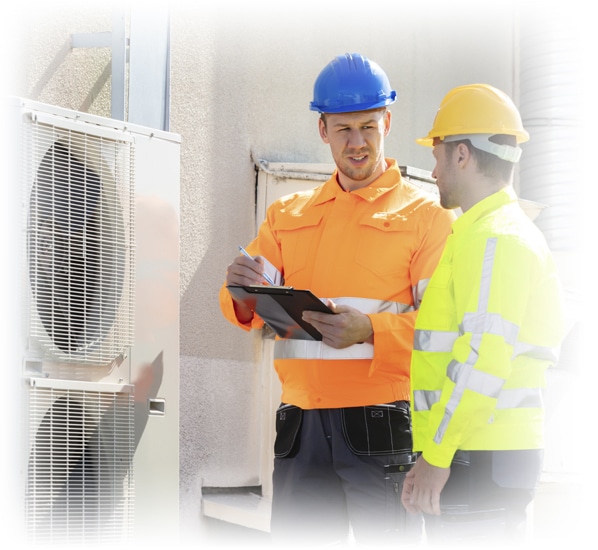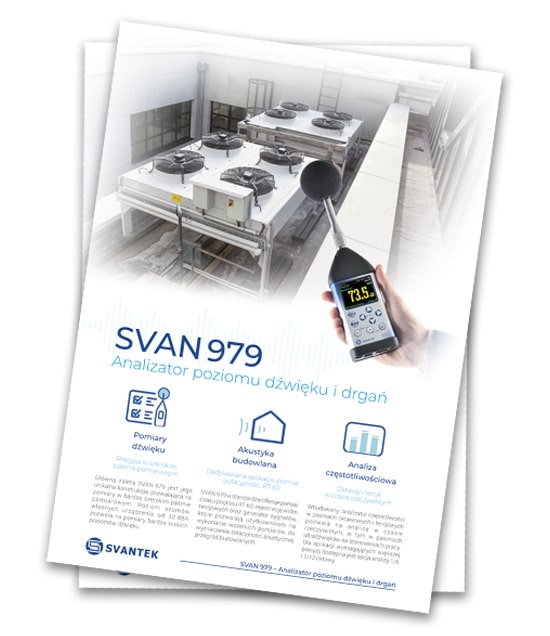EU directives and ISO standards, aim to control noise emissions from air conditioning units and ensure adequate sound insulation of building façades to protect occupants from environmental noise, covering two main areas:
Noise Emission to the Environment: In the European Union, the Environmental Noise Directive (END) (Directive 2002/49/EC) serves as the primary legislation for assessing and managing environmental noise. While the END focuses on mapping and action planning for major noise sources, specific product noise emissions, such as those from air conditioners, are addressed under the Ecodesign Directive (Directive 2009/125/EC). This directive includes implementing regulations that set maximum sound power levels for air conditioners to reduce noise pollution. For instance, Commission Regulation (EU) No 206/2012 outlines ecodesign requirements for air conditioners and comfort fans, specifying maximum sound power levels based on the unit’s capacity. These regulations ensure that products meet specific noise emission standards before they can be marketed within the EU.
Sound Insulation of Building Façades: The ISO standard ISO 16283-3:2016 titled “Acoustics — Field measurement of sound insulation in buildings and of building elements — Part 3: Façade sound insulation” specifies procedures to determine the airborne sound insulation of façade elements and whole façades. This standard provides methodologies for field measurements, ensuring consistent assessment of how building façades attenuate external noise, including that from air conditioning units. It has effectively replaced the earlier ISO 140-5:1998 standard, which dealt with similar measurements.
In the US, the Air-Conditioning, Heating, and Refrigeration Institute (AHRI) has established standards for measuring and rating the acoustic performance of HVAC equipment:
AHRI Standard 270: Focuses on the sound performance rating of outdoor unitary equipment, providing methods to measure and report sound pressure levels.
AHRI Standard 370: Addresses the sound rating of large outdoor refrigeration and air-conditioning equipment, outlining procedures to determine sound power levels.
These standards ensure consistent measurement techniques, facilitating accurate comparisons across different products and manufacturers.
Noise Rating (NR) curves are a set of standardized curves developed by the International Organization for Standardization (ISO) to evaluate acceptable indoor environments concerning hearing preservation, speech communication, and annoyance. Introduced in ISO Recommendation ISO/R 1996-1971, NR curves are commonly used in Europe to assess internal noise levels, particularly from mechanical sources like air conditioning systems in environments such as hotels, cinemas, and schools.
NR curves are utilized to measure and specify acceptable noise levels within indoor spaces. By comparing the noise spectrum of an air conditioning unit to the NR curves, one can determine if the noise levels are within acceptable limits for a given environment. This assessment helps ensure that the operation of HVAC equipment does not adversely affect occupant comfort or communication.
It’s important to note that while NR curves are prevalent in European practices, other regions may use different standards. For instance, the Noise Criterion (NC) curves are more commonly used in the United States for similar purposes.


